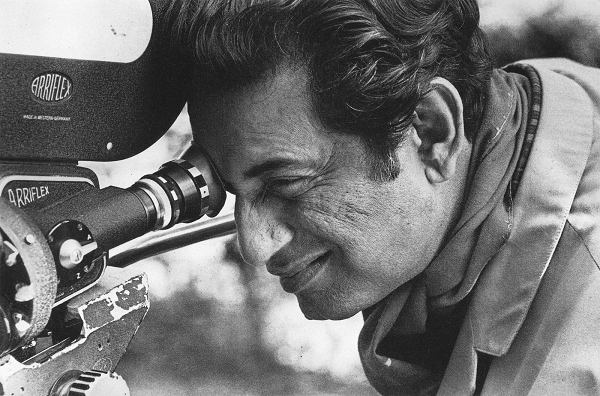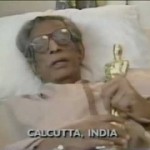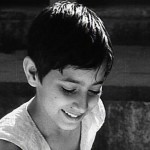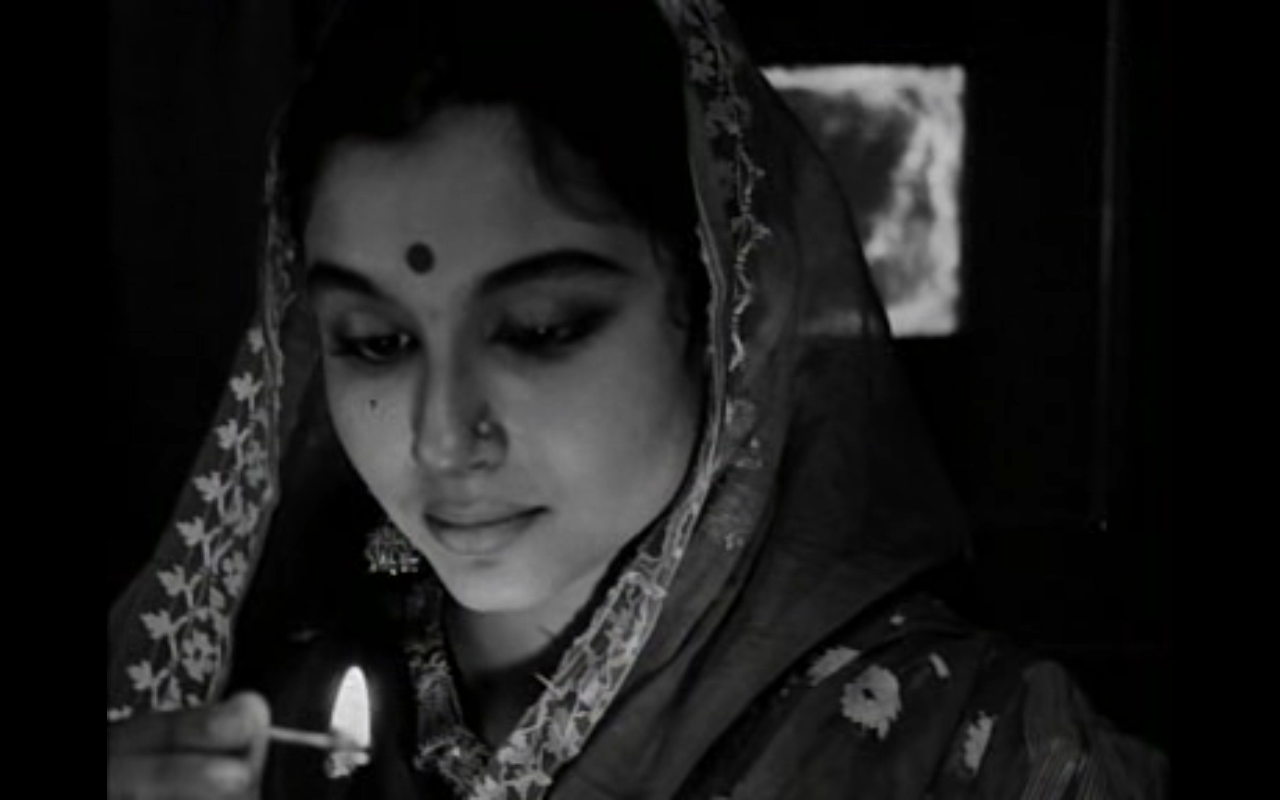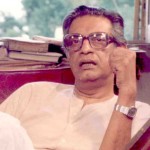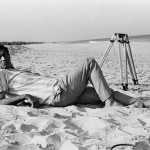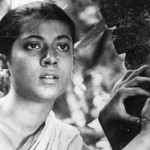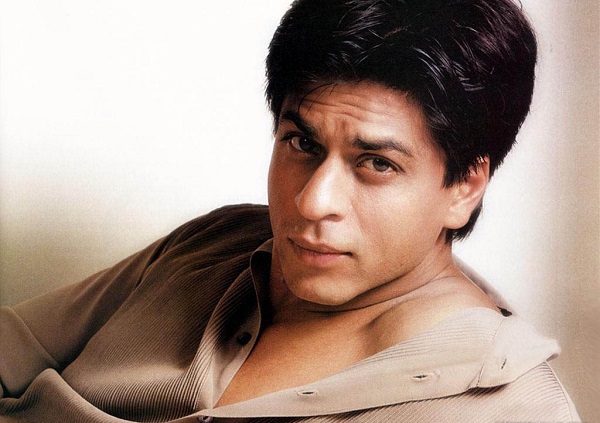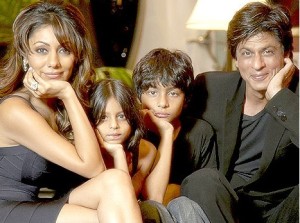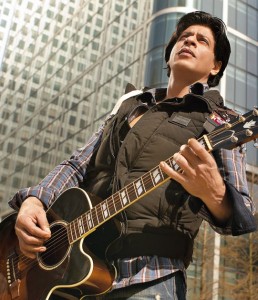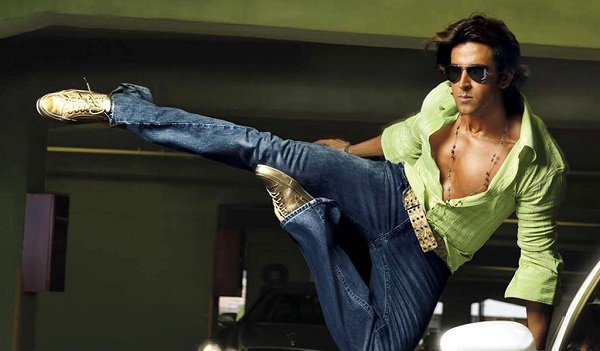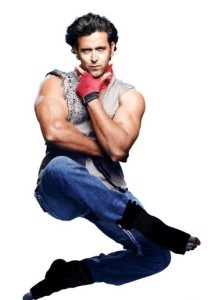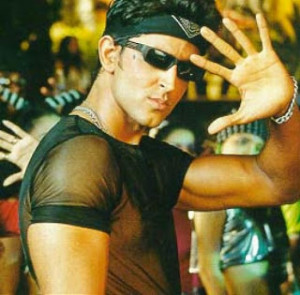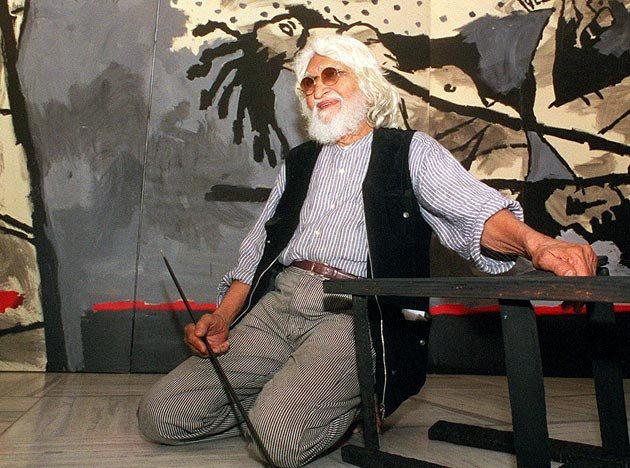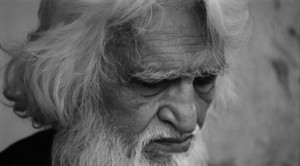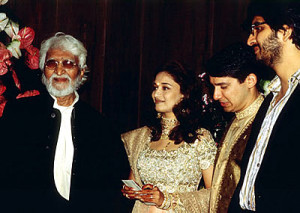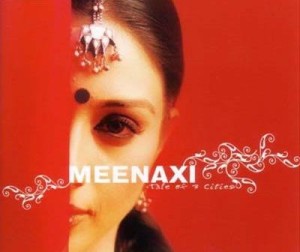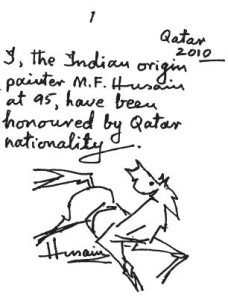Satyajit Ray, for all his fame, was seldom written about in detail. Biographies reveal bare details about the maverick filmmaker.
by Humra Quraishi
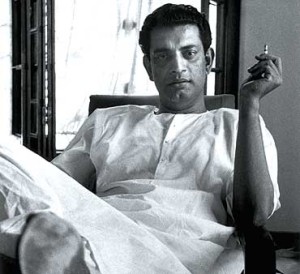 Satyajit Ray remained an enigma all his life. Even today, not much is known about the extraordinary filmmaker, India’s first recipient of the Lifetime Achievement Academy Award in 1992, apart from the bare facts that he is survived by his wife Bijoya, son Sandip and grandson Sauradeep.
Satyajit Ray remained an enigma all his life. Even today, not much is known about the extraordinary filmmaker, India’s first recipient of the Lifetime Achievement Academy Award in 1992, apart from the bare facts that he is survived by his wife Bijoya, son Sandip and grandson Sauradeep.
It’s a bit disappointing, not having reams to read about the man who redefined Indian cinema. His handsome looks, his rich booming voice, the classy sophistication that stood him apart from his contemporaries…there could have been much fodder for sensational scandal, for stories of unsavoury escapades away from the eyes of the world.
Instead, his name was never linked to any woman. He was a very happily married man, married to his first cousin and best friend, Bijoya. The only nugget of information to come out about their marriage was that Bijoya had pawned all her jewellery to help finance Pather Panchali, his first film.
But the relationship must have been sweet and a mutually beneficial one. Satyajit was barely two years old when he lost his father, and his mother took him to live with her brother. Bijoya was his uncle’s daughter, and the two became very good friends because she was of a musical bent of mind, and he was greatly attracted to music. Not many know that Bijoya enjoyed a brief spell in the Hindi film industry before she quit acting for marriage to Satyajit.
Her presence was invaluable to her husband. In his biography (by Marie Seton), Satyajit says, “She is always the first person to read my scripts. Her comments are often pertinent and sometimes, ruthless. She always has very instinctive, feminine reactions to certain things, which I find very useful. And I almost always incorporate her suggestions.”
What did Bijoya (in pic on right) feel about her husband, the genius Satyajit Ray? In her biography (penned by Andrew Robinson), she says, “What I admire about Manik (as Ray was called) is his 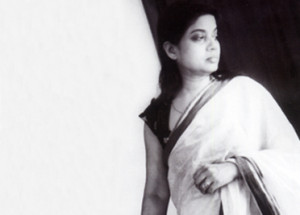 simplicity, his honesty, his generosity, his kindness, and above all, his ability to mix with people from all walks of life. He is at home with everybody. This is the hallmark of all great men.”
simplicity, his honesty, his generosity, his kindness, and above all, his ability to mix with people from all walks of life. He is at home with everybody. This is the hallmark of all great men.”
Another biography on Ray, The World of Satyajit Ray, written by veteran journalist Bidyut Sarkar, was to be released on April 24 in Calcutta, but Ray’s death overtook the release by a few hours. Sarkar spoke of Ray and his association with him thus: “In 1958, when I was in New York, I got the news that Ray was planning to visit New York on the occasion of the release of Pather Panchali. I wrote to him, inviting him to stay with me. I could feel that as a man of domestic habits, he would not be comfortable in impersonal hotels, and he wrote back accepting my offer.
“Whilst he was there, I’d see him sitting and looking at the gorgeous view of Central Park facing his room and the apartment, but it seemed as though the Park seemed to magically vanish from his horizon when he would look out and conjure up in sketches the sequences and settings of his next film set in Bengal…”
Sarkar writes on the lesser-known Ray thus: “Only two women appeared to have influenced him – his mother and his wife. His mother, a remarkable woman who was widowed early in life, played a key role in Ray’s growth. Bijoya, his wife, took over the role so far as Ray’s artistic development was concerned.”
Even in his leading ladies, Ray never looked for dolled-up glamour, but for intelligent beauty. Madhabi Mukherjee, Sharmila Tagore, and in his last three films, Mamata Shankar, best fitted this description. Ray’s biographer, Andrew Robinson, throws more light on the pains Ray took to project Madhabi Mukherjee (in pic on left) as aesthetically as possible in Charulata. “Madhabi 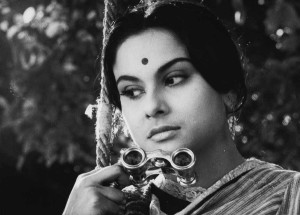 had bad teeth as she was addicted to eating paan, just like the character Charulata, which destroys the gums and stains the teeth black,” Ray said. “I had to photograph her very carefully so as to not show that side of her.”
had bad teeth as she was addicted to eating paan, just like the character Charulata, which destroys the gums and stains the teeth black,” Ray said. “I had to photograph her very carefully so as to not show that side of her.”
“The lower set of teeth was bad. I had to put the camera at a low angle, so that even when she spoke, the lower set of teeth wouldn’t show. I suggested taking out her teeth, but her mother objected, it was too early for that. But I knew the camera could manage it.”
Ray was also a teetotaler. Sarkar writes, “Ray was a man of very simple habits…only once I was put in a situation of embarrassment with him. I had written a cover story on Ray for the Gentleman magazine. In Bombay, the stereotypical editorial picture of a cosmopolitan man was suave and sophisticated, and it led to Ray’s identification in the introduction of my article as ‘a connoisseur of fine food and wine’. He said I’d made a closet drinker out of him. Fortunately, Gentleman magazine, in the next issue, published his rejoinder that ‘his eating and drinking habits probably made him only half a gentleman, but there it was.’”
Not many also know that Satyajit Ray could have been the President of India, according to the strategy of the Opposition parties and if he had agreed, or that he could have easily been in the Rajya Sabha if he had accepted Prime Minister Indira Gandhi’s invitation. “But he was not the man to be led into temptations or compromises of any kind,” said Sarkar.
(Pictures courtesy paragraphpost.blogspot.com, satyajitrayworld.com, raylifeandwork.blogspot.com, 7-art.blogspot.com, lalitkumar.in, www.gonemovies.com, www.desitorrents.com)
